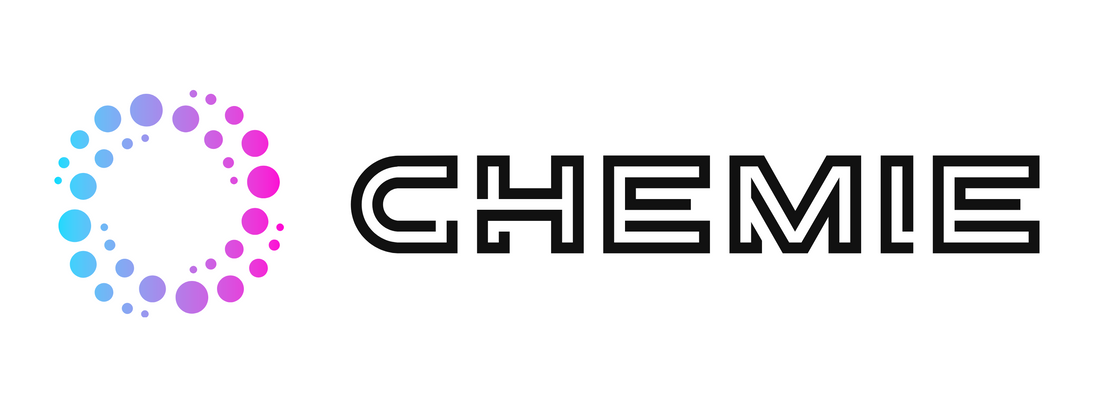Fascination About Chemie
Chemie Things To Know Before You Buy
Table of ContentsSome Ideas on Chemie You Need To KnowWhat Does Chemie Do?Fascination About ChemieWhat Does Chemie Do?5 Simple Techniques For ChemieThe smart Trick of Chemie That Nobody is Discussing
By Bojanna Shantheyanda, Sreya Dutta, Kevin Coscia and David SchiemerDynalene, Inc. Liquid cooling, which can be achieved utilizing indirect or straight ways, is made use of in electronics applications having thermal power densities that might exceed secure dissipation with air cooling. Indirect fluid cooling is where warmth dissipating electronic elements are literally divided from the fluid coolant, whereas in instance of straight air conditioning, the parts remain in direct call with the coolant.In indirect air conditioning applications the electric conductivity can be crucial if there are leaks and/or spillage of the liquids onto the electronics. In the indirect cooling applications where water based liquids with deterioration inhibitors are generally utilized, the electrical conductivity of the fluid coolant mostly depends upon the ion focus in the liquid stream.
The boost in the ion concentration in a closed loop fluid stream may occur as a result of ion leaching from metals and nonmetal parts that the coolant fluid is in contact with. Throughout procedure, the electric conductivity of the fluid may boost to a degree which could be hazardous for the cooling system.
Fascination About Chemie
(https://slides.com/chemie999)They are bead like polymers that can exchanging ions with ions in a remedy that it touches with. In the existing work, ion leaching tests were performed with numerous metals and polymers in both ultrapure deionized (DI) water, i.e. water which is dealt with to the highest degree of purity, and reduced electrical conductive ethylene glycol/water mixture, with the gauged modification in conductivity reported over time.
The examples were allowed to equilibrate at area temperature for 2 days before recording the first electric conductivity. In all examinations reported in this research study liquid electrical conductivity was determined to a precision of 1% making use of an Oakton disadvantage 510/CON 6 collection meter which was adjusted prior to each measurement.
Unknown Facts About Chemie
from the wall surface home heating coils to the center of the heating system. The PTFE sample containers were put in the furnace when stable state temperatures were reached. The test configuration was eliminated from the heating system every 168 hours (seven days), cooled to room temperature with the electrical conductivity of the fluid measured.
The electrical conductivity of the fluid sample was kept an eye on for a total of 5000 hours (208 days). Number 2. Schematic of the indirect shut loop cooling experiment set-up - fluorinert. Table 1. Parts used in the indirect shut loophole cooling down experiment that are in call with the liquid coolant. A schematic of the experimental configuration is received Figure 2.

Everything about Chemie
The adjustment in liquid electric conductivity was kept an eye on for 136 hours. The liquid from the system was gathered and kept.

0.1 g of Dowex resin was contributed to 100g of liquid examples that was absorbed a separate container. The blend was stirred and alter in the electric conductivity at area temperature was determined every hour. The gauged change in the electrical conductivity see this website of the UP-H2O and EG-LC examination liquids containing polymer or metal when engaged for 5,000 hours at 80C is revealed Figure 3.
The Buzz on Chemie
Ion seeping experiment: Calculated adjustment in electric conductivity of water and EG-LC coolants having either polymer or steel examples when submersed for 5,000 hours at 80C. The results suggest that steels added less ions into the fluids than plastics in both UP-H2O and EG-LC based coolants.
Liquids including polypropylene and HDPE displayed the lowest electrical conductivity adjustments. This could be due to the brief, rigid, direct chains which are less likely to add ions than longer branched chains with weak intermolecular pressures. Silicone also did well in both examination fluids, as polysiloxanes are normally chemically inert due to the high bond power of the silicon-oxygen bond which would certainly avoid degradation of the product right into the fluid.
Everything about Chemie
It would be anticipated that PVC would certainly create similar outcomes to those of PTFE and HDPE based upon the comparable chemical frameworks of the products, however there may be other contaminations existing in the PVC, such as plasticizers, that might impact the electric conductivity of the liquid - dielectric coolant. Furthermore, chloride groups in PVC can also leach into the examination liquid and can create a rise in electrical conductivity
Buna-N rubber and polyurethane revealed signs of degradation and thermal decomposition which recommends that their feasible utility as a gasket or glue product at higher temperatures could lead to application issues. Polyurethane entirely broke down right into the test liquid by the end of 5000 hour test. Figure 4. Before and after pictures of metal and polymer examples immersed for 5,000 hours at 80C in the ion seeping experiment.
Calculated modification in the electric conductivity of UP-H2O coolant as a function of time with and without material cartridge in the closed indirect cooling loop experiment. The determined change in electrical conductivity of the UP-H2O for 136 hours with and without ion exchange resin in the loophole is received Figure 5.